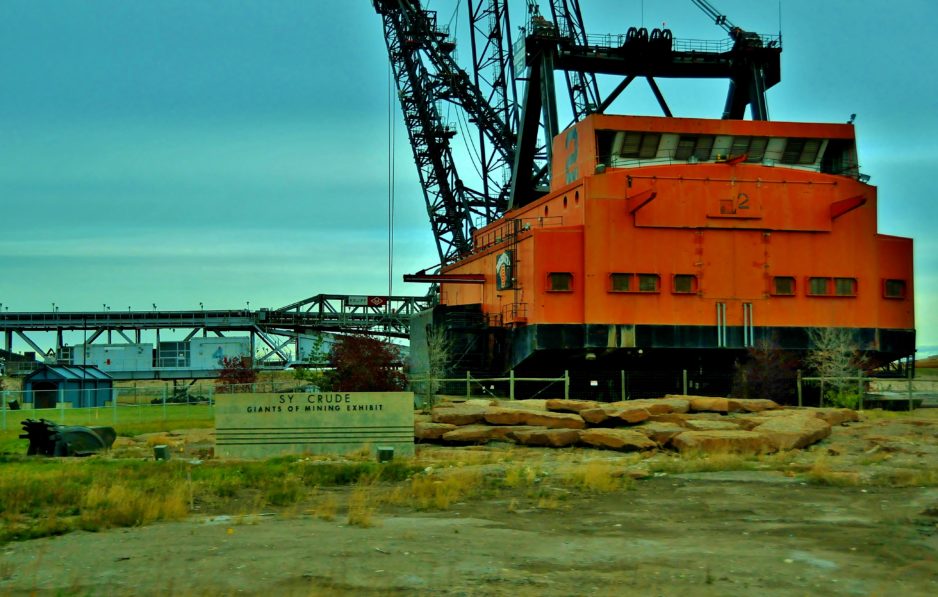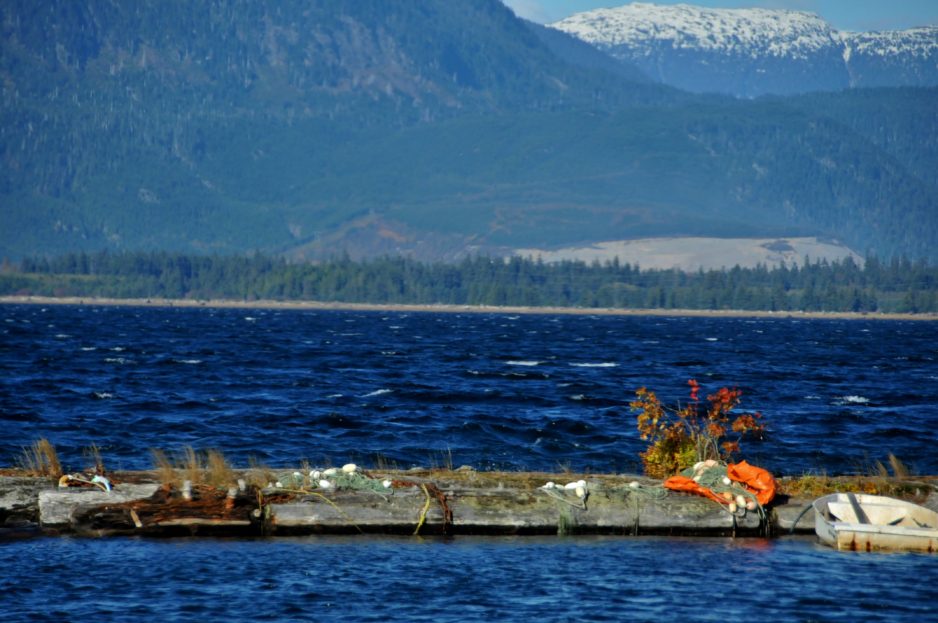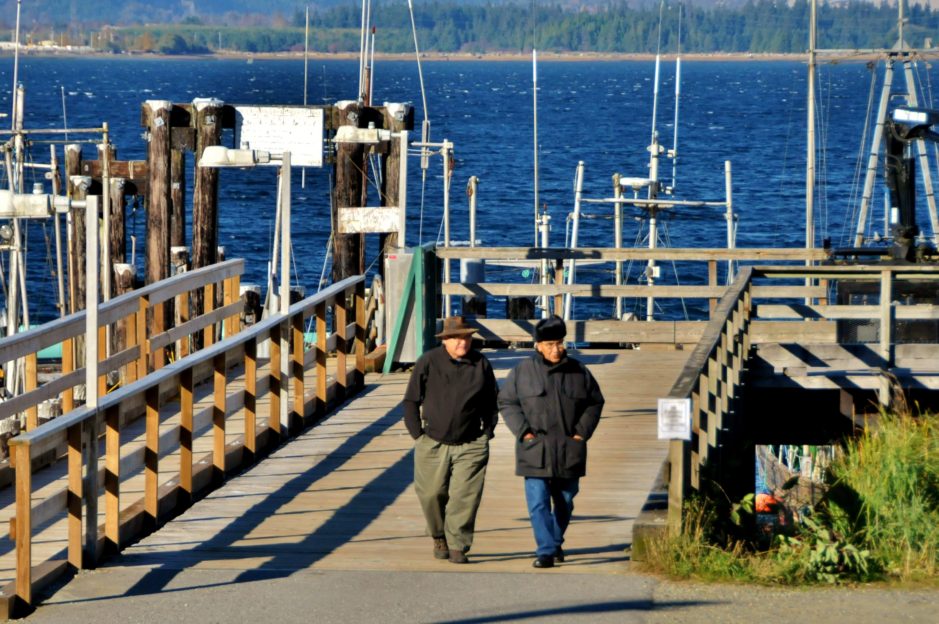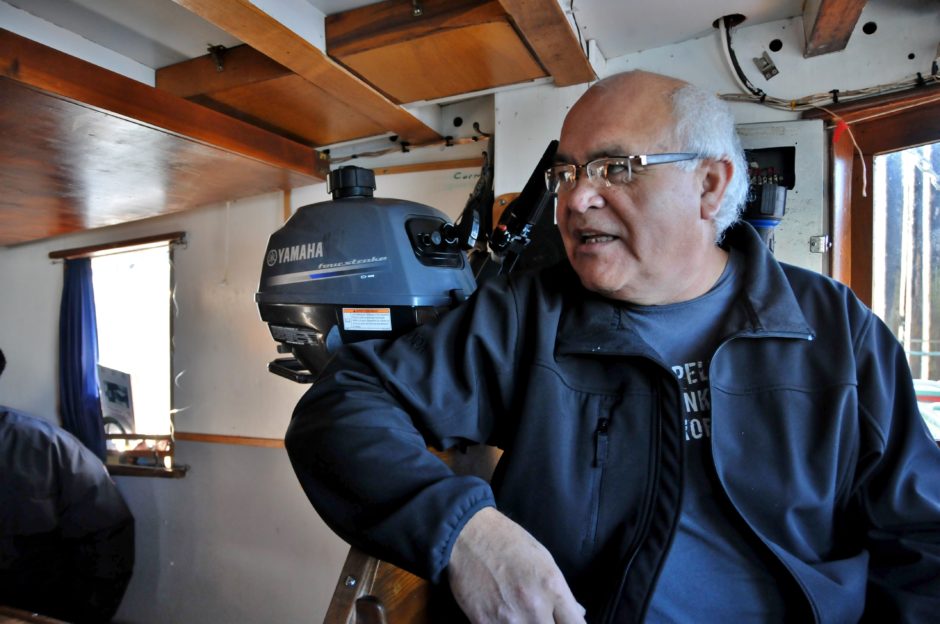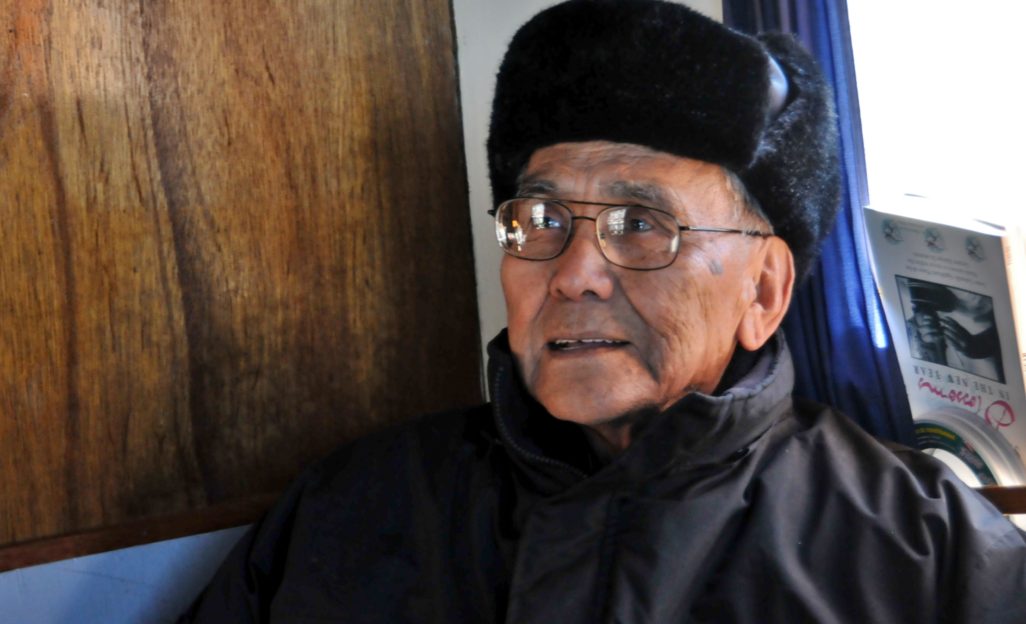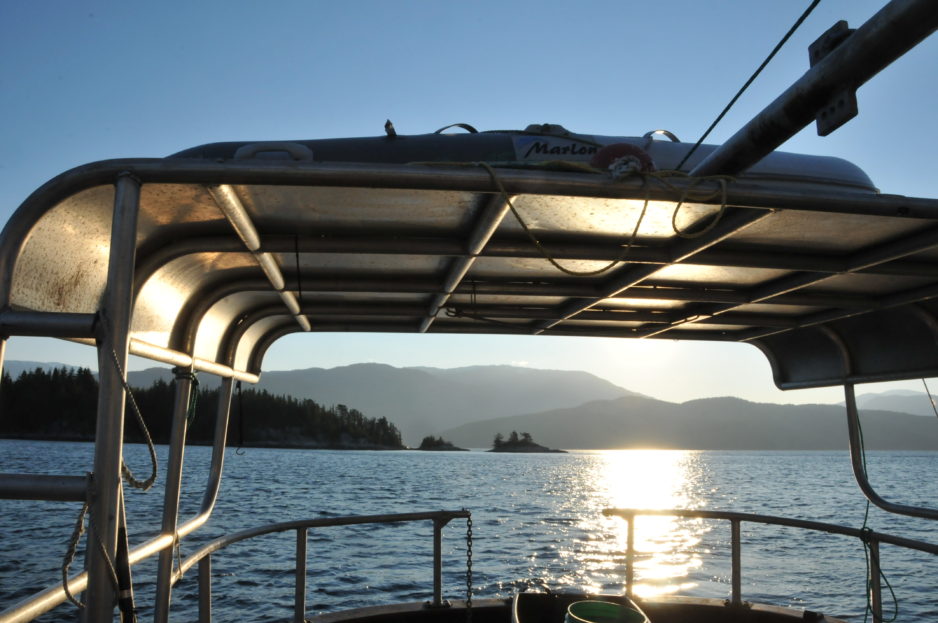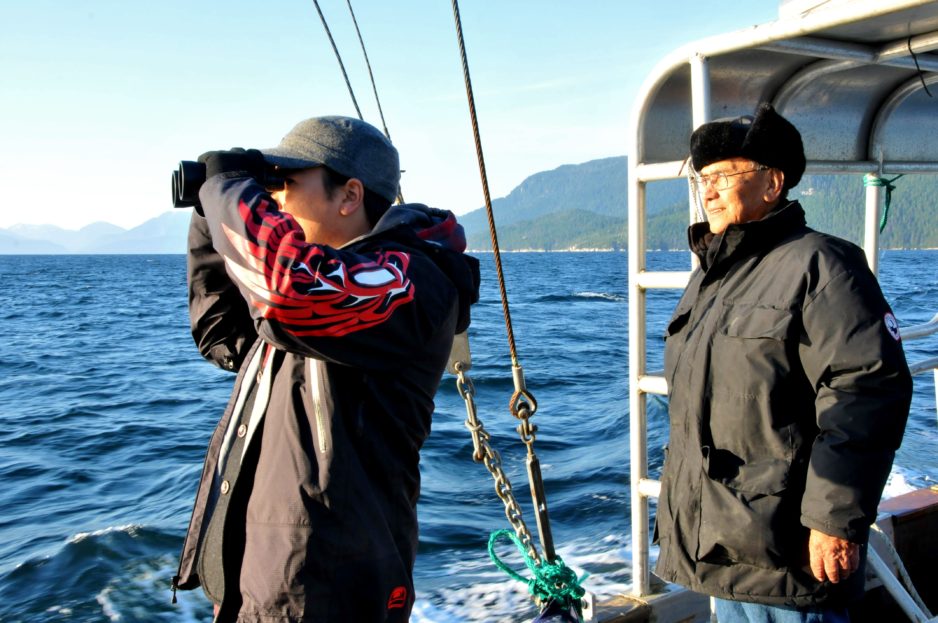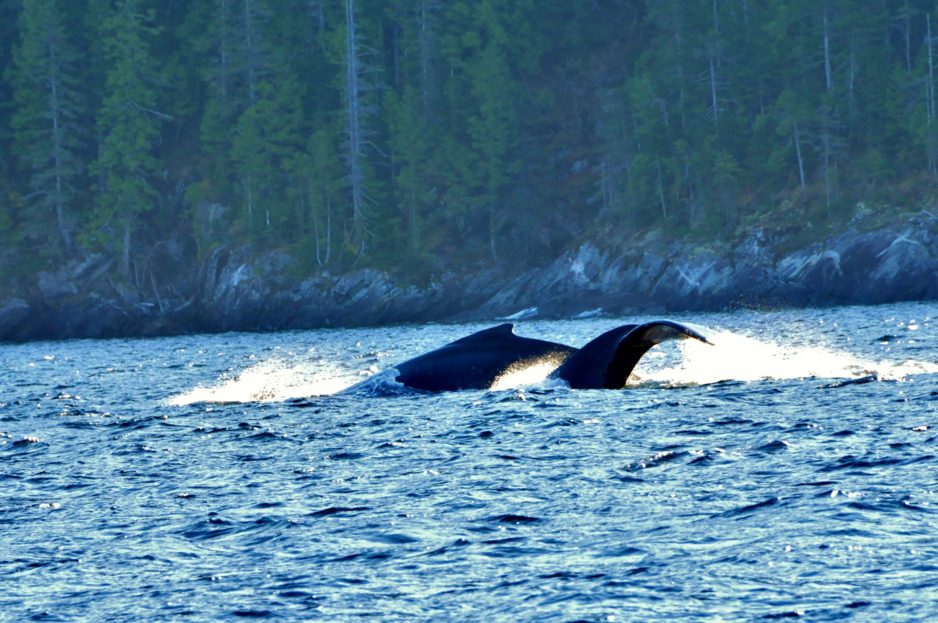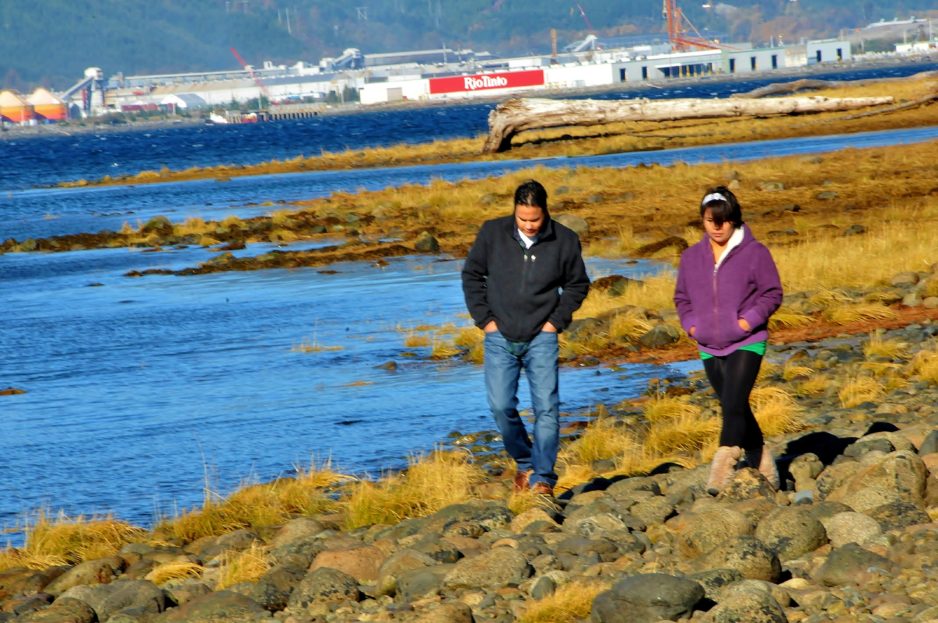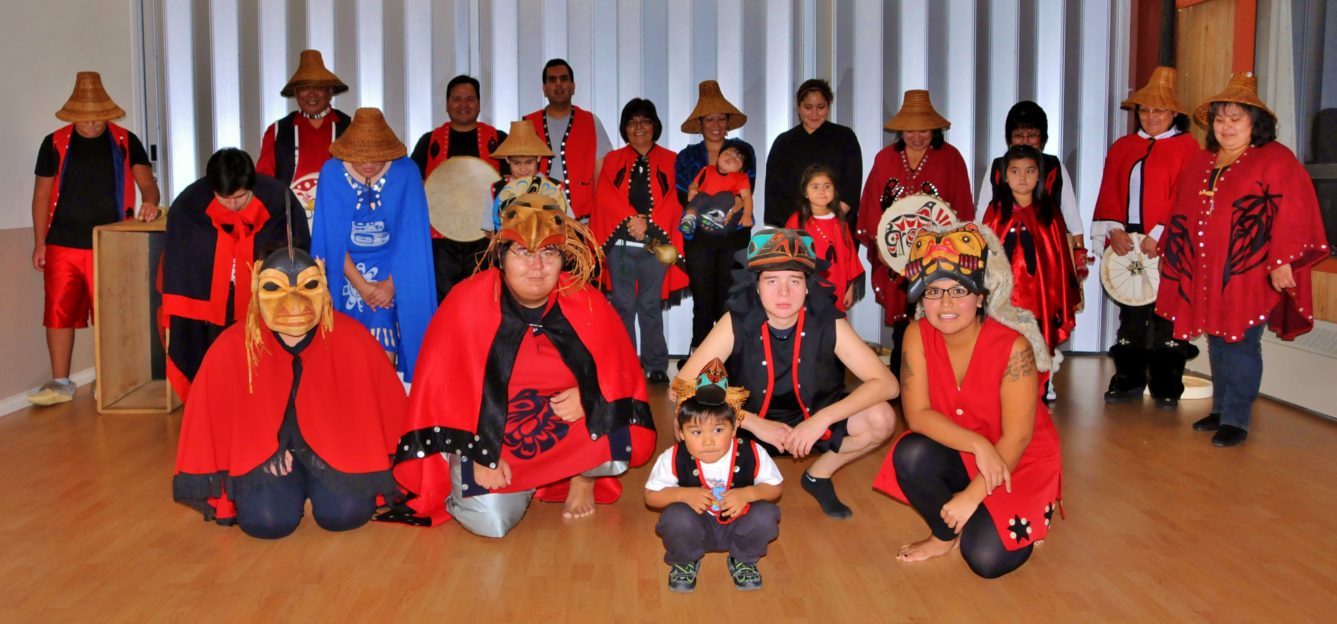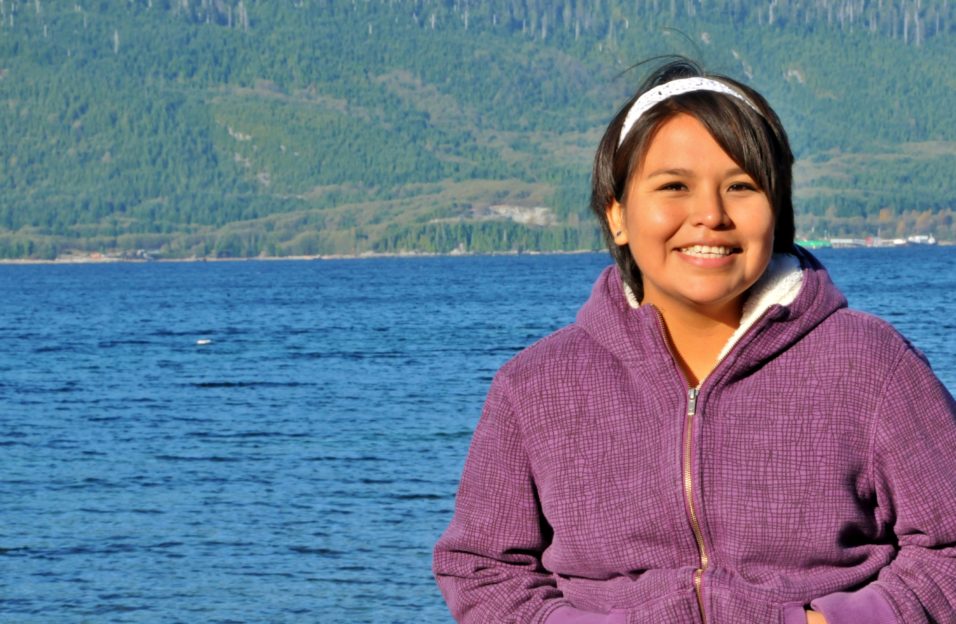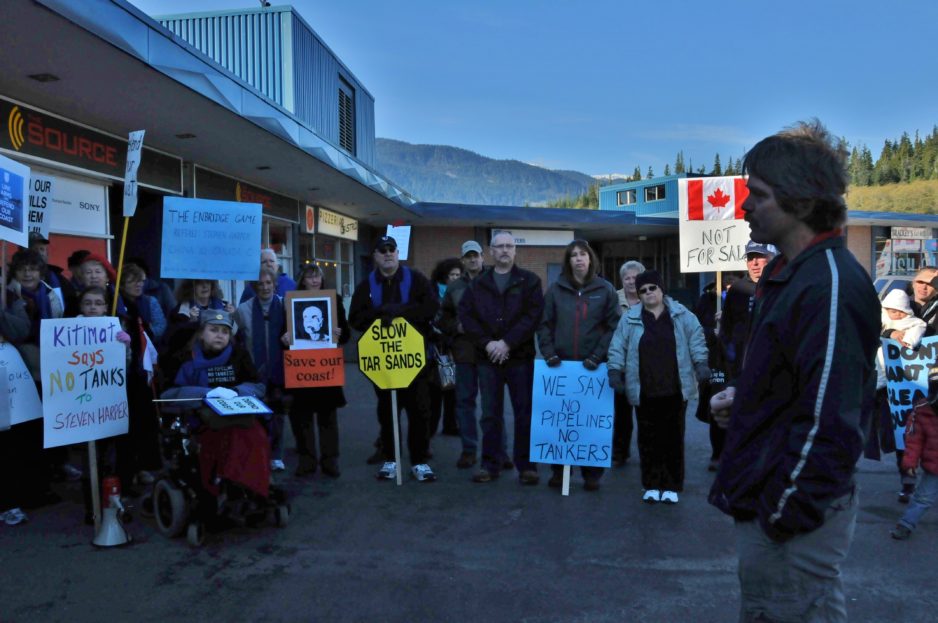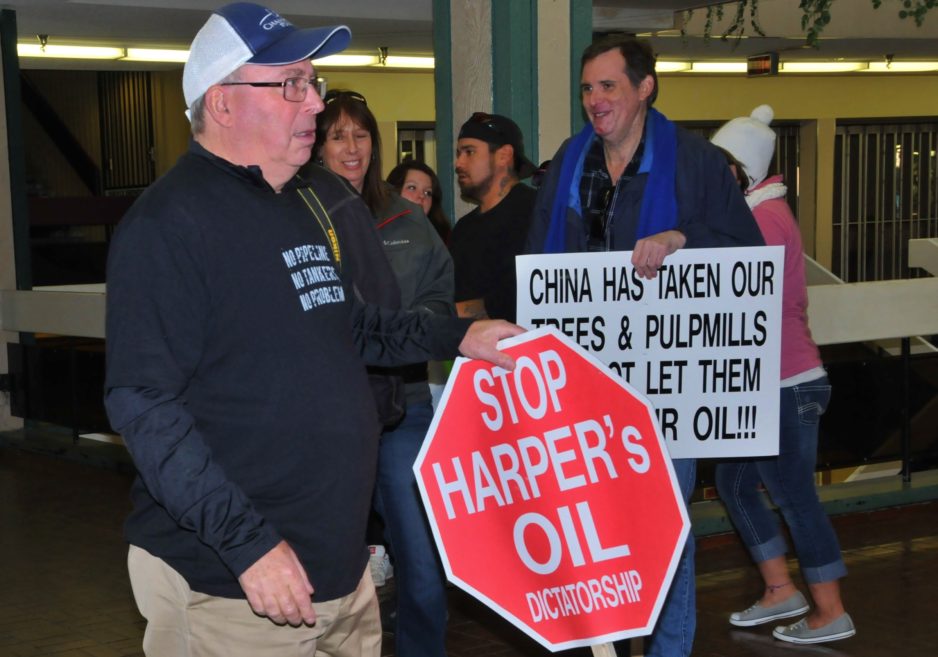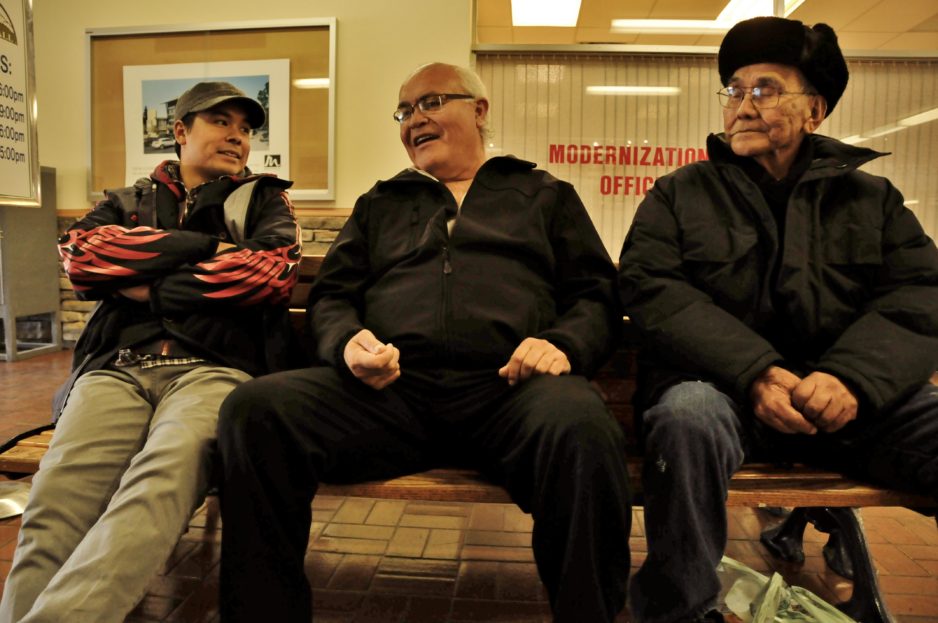The western terminus for the proposed Northern Gateway Pipeline and much of the inland sea route that super tankers would follow lies directly in the traditional territory of the Haisla Nation. Located on BC’s north coast and centered on the community of Kitamaat Village, although many Indigenous nations along the pipeline’s path could be affected by a spill, few stand to lose more than the Haisla Nation. I’ve come to the Haisla Nation to meet with their youth, Elders and leaders who want to share their concerns and show me what it is they’re trying to protect.
